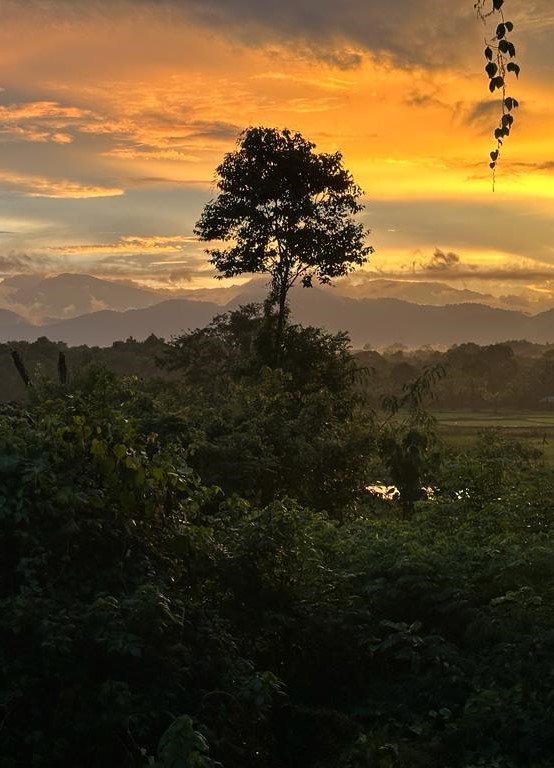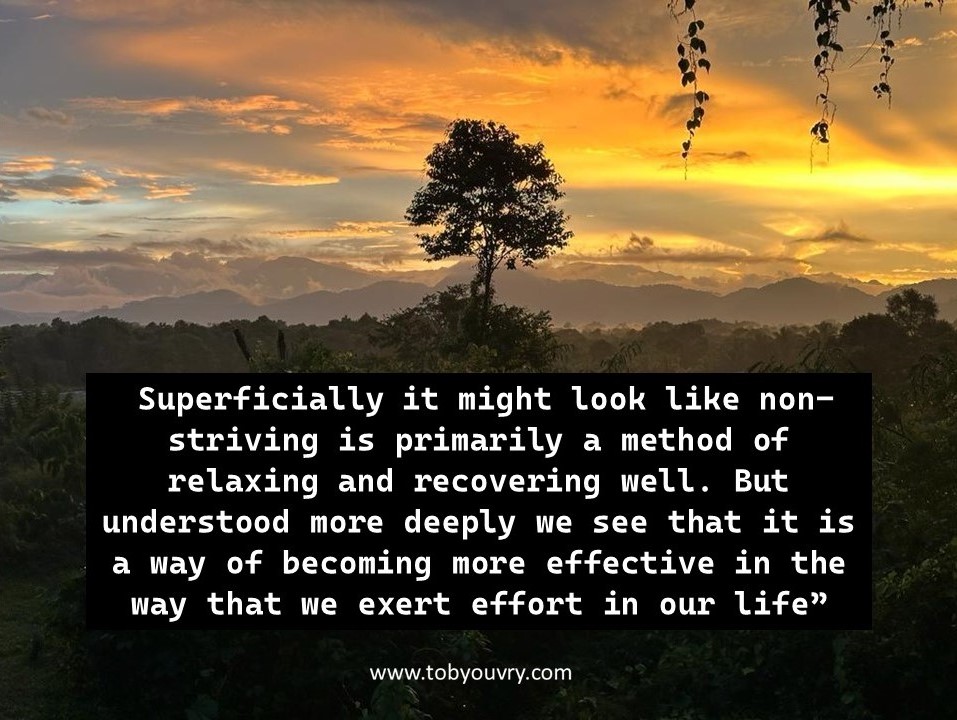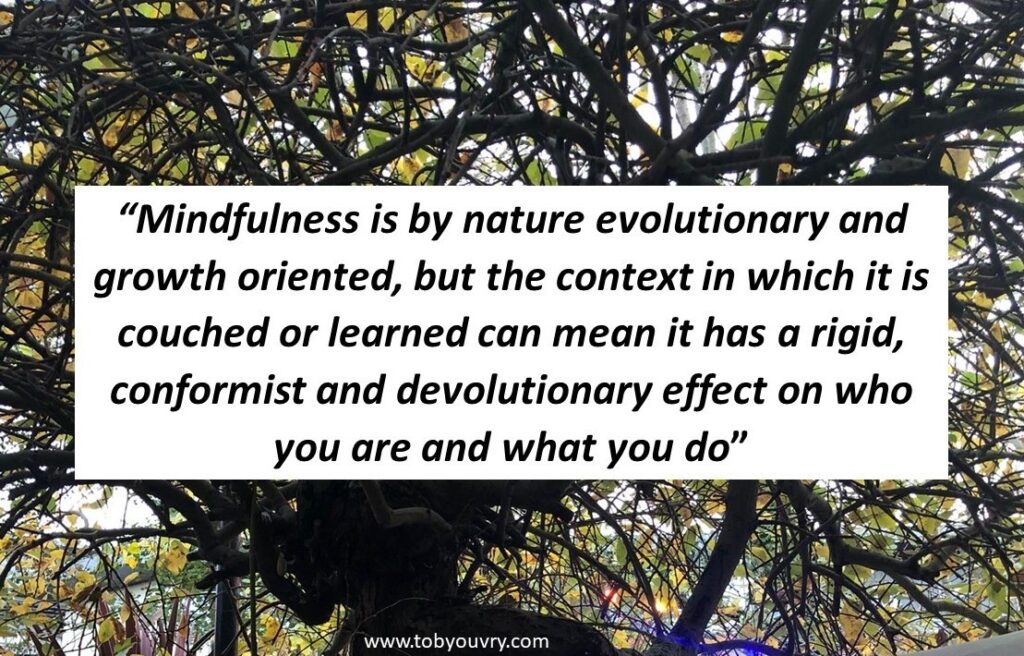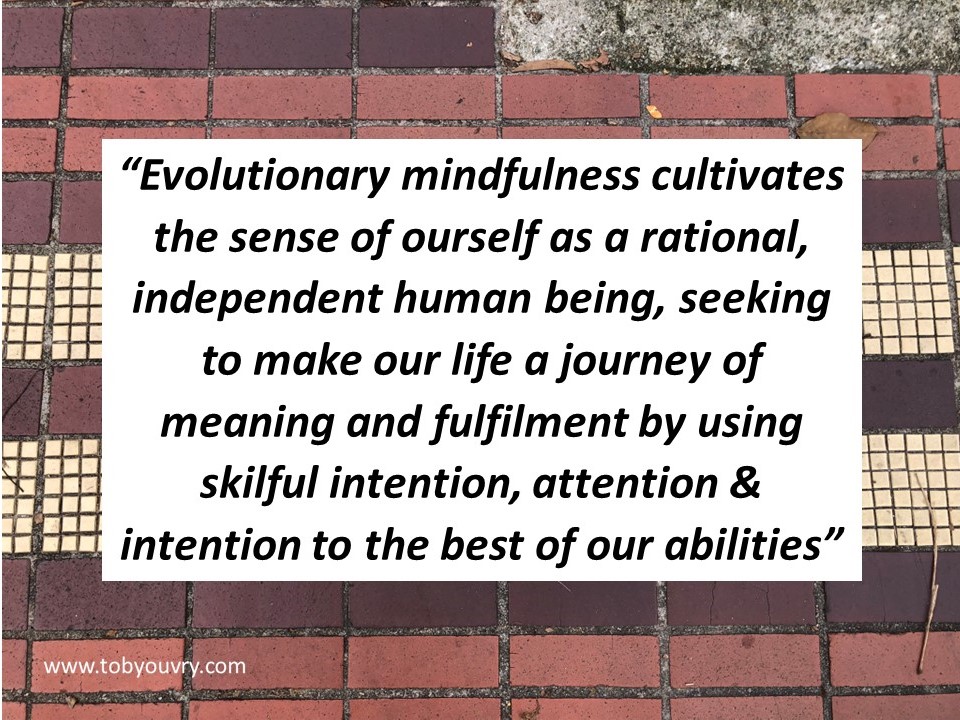Dear Toby,
I hope you have enjoyed the Christmas break & run up to the new year!
Here are the primary events for January 2024, starting with the new years meditation:

Tues 2nd, Weds 3rd January – 2024 New year ‘Beginners mind’ meditation
Tuesday/Wednesday evening 9/10th January – Effortless effort – The art of doing by non-doing, a ten-week meditation course
Saturday 13th January, 9.30am-12.30pm – An Introduction to Integral Mindfulness & Meditation Practice 3 hour workshop
Saturday 20th January, 9am-12.30pm – Qi Gong for Improving your Health and Energy Levels and for Self-Healing
I’ve placed below a short meditation story & reflection from my holiday, I hope you enjoy it!
In the spirit of awakening,
Toby
What will be with you unto the end of the world?
I spent a very windy Christmas with my family on the Isle of Wight, off the south coast of England. Near the house in the village where we were staying was a small war memorial church. Across the stained-glass window at the front of the church was a quote from the Bible, New Testament, Matthew 28.20:
‘Lo, I am with you always, even unto the end of the world’
I spent twenty minutes or so quietly meditating in the church with this quote. By convention it looks like a person expressing their faith in an eternal (outer) God. However, from a meditation point of view, I found that it fitted very well as a kind of ‘Zen koan’. If you turn the quote into a question, you get something like this:
‘What is it that is with you always, even unto the end of the world?’
In the world of outer form, and in the world of inner form (mind) of course everything is changing. Things and thoughts come and go, we live and die, stable things become unstable. None of these things are ‘with us always’, certainly not until the end of the world.
However, in each moment the experience of consciousness itself, without outer or inner form remains a constant and stable feature of our expereince. If we can sit and be aware of that which is conscious within us, we discover experientially a source of formless, timeless presence that is with us, unchanging literally ‘until the end of the world’. It was also present with us at all stages in our past, and was ‘our original face before we were born’, as they say in Zen.
So, if you like you can use this question as an entry point to the formless, timeless present in your meditation and contemplations. When you lose it, just re-ask the question, and re-centre yourself in the experience of consciousness itself.
Related article: Dynamic calm – working with Zen koans

Article content © Toby Ouvry & Integral Meditation Asia 2023. you are welcome to share, but please cite the source, thanks! Contact info@tobyouvry.com
Follow Toby on: LinkedIn, YouTube, Instagram
Integral Meditation Asia
Online Courses * 1:1 Coaching * Books * Live Workshops * Corporate Mindfulness Training *Life-Coaching * Meditation Technology




